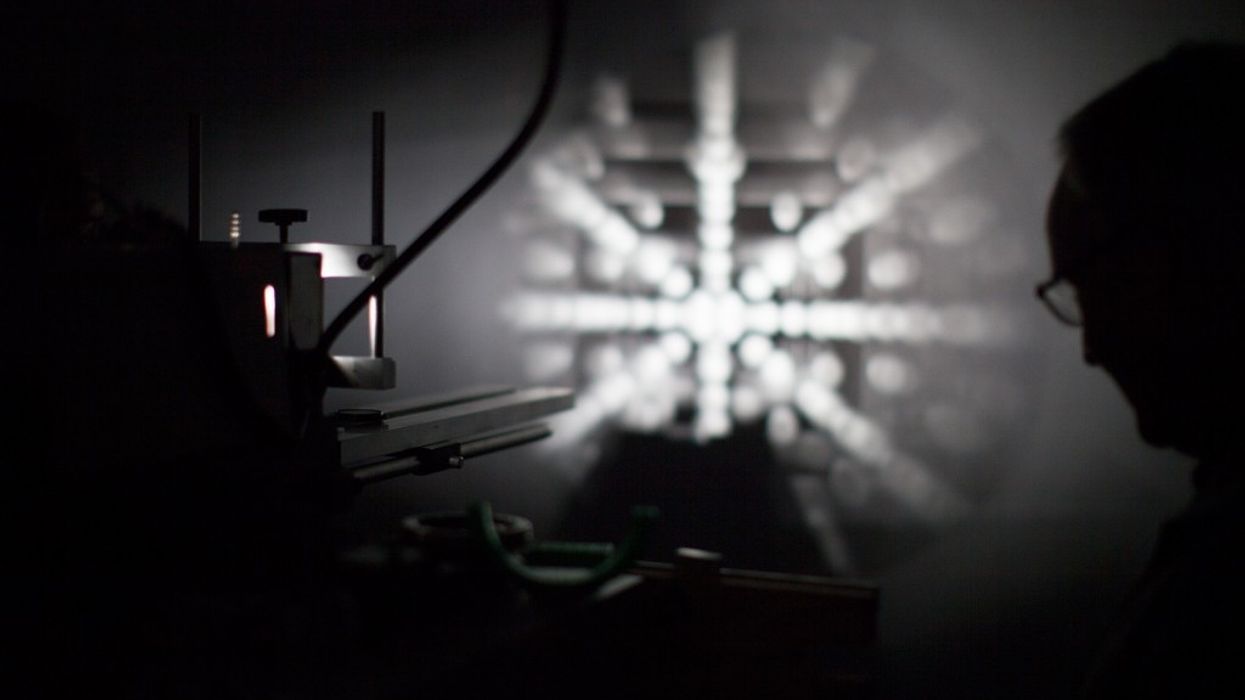Plethora of Updates on the Digital Bolex Reminds Us That Good Things Come to Those Who Wait

Remember the Digital Bolex? Despite the fact that most of the camera buzz has been around Blackmagic and Canon (with the RAW video hack of the 5D) for the past month or so, Joe and Elle have just kept on with bringing their vision for the Digital Bolex D16 to fruition. While the final design of the camera is not yet being manufactured, many of the pieces needed to make the camera function out of the box (like a custom-built PL mount and the Kish lenses for the turret) are now nearing completion in time for the release of the camera. Hit the jump to see what the fine folks at Digital Bolex have been up to for the past two months.
Hot Rod PL Mount
Even though the Kish lenses specifically made for the D16 are likely going to be a popular item once the camera ships (especially with the old-school turret mount), many people are going to be looking to use their existing cinema glass or to rent lenses on a project-by-project basis. For those folks, the Digital Bolex team has been working closely with Hot Rod Cameras to design a PL mount specifically for the D16. A working prototype of the mount made an appearance at NAB a month ago, but for those of your who weren't able to make it out to Vegas, here is a picture of the final product design:
Kish Lens Tests
Joe and Elle have also been putting their custom set of Kish lenses through their paces in several different environments. The first set of tests provided a mixed bag of results. While the 10mm and 18mm lenses performed just as well as they theoretically should have (very sharp and precise due to the minimalist design with fewer elements), the 38mm was noticeably softer. However, it was unclear whether this softness was due to an inherent design flaw or a bad sample from the manufacturer (more on the 38mm later).
Here is a photo from the first set of interior tests with the Kish lenses. It was shot with a GH2, and the inner black box marks the relative frame of the D16.
Another set of exterior lens tests was run several weeks later, and to the surprise of Joe and Elle, the 38mm was the most flattering of the three lenses, although they all performed well. Here are a couple of snapshots from that set of tests. Again, the white box denotes the s16 frame compared to M4/3.
They also snapped a few shots to determine the flaring characteristics of the Kish lenses. Check out an example of the results:
For more info on how these tests were conducted, hop on over to the Digital Bolex site and check out their extensive posts on both the first and second sets of lens tests.
New Internal SSD
Storage devices are often one of those things that are taken for granted in the image processing pipeline. If your memory cards or storage devices aren't fast enough or don't write your data properly, you can end up with things like artifacting and dropped frames. Because SSD technologies have been advancing while simultaneously dropping in price since the camera was originally announced, it seemed prudent for the original storage technology in the D16 to get an update. Here's a little bit about the drive that the Digital Bolex team selected:
The drive we have selected is the 400GB Micron P400e, an upgrade from our previously announced spec of 256GB internal drive. This drive is on the lower price side of enterprise class drives, but has middle of the market performance. It is also the drive with the lowest power consumption after startup, and one of the lowest heat indexes.
The P400e also has power-loss protection, meaning that if the camera power cuts out suddenly the drives’ onboard capacitors store enough power for the drive to commit all pending write commands before turning off.
Although the Digital Bolex D16 is far less of a revolutionary camera now than when it was first announced (largely because of the BMCC and the new 5D RAW hack), it certainly seems as if it will be an extremely viable tool for filmmakers on a budget due to the fact that Joe, Elle, and the others working hard to bring this camera to fruition have been busy making sure that even the smallest of details were attended to before the release of the camera.
I, for one, am extremely glad to see these guys taking their time to finish the camera (even though I'd love to get my hands on one). It seems as if products are too often rushed onto the market only for the first round of buyers to bear the consequences of the lack in R&D. With the Digital Bolex, we can expect the camera to come out of the box a finely tuned piece of filmmaking equipment, and for that I have a tremendous amount of respect for the Digital Bolex team.
What do you guys think? Are you still as excited for this camera as I am despite the fact that the novelty of the 2K RAW cinema camera has worn off? Let us know in the comments.
Links:
A Closer Look at the PL Mount - Digital Bolex
Kish Lenses Daylight Test - Digital Bolex















